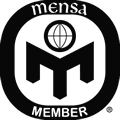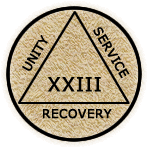Selected portions of the BloostonLaw Telecom Update, and/or the BloostonLaw Private Users Update — newsletters from the Law Offices of Blooston, Mordkofsky, Dickens, Duffy & Prendergast, LLP are reproduced in this section with the firm's permission. 
| BloostonLaw Telecom Update | Vol. 17, No. 15 | April 16, 2014 |
Headlines 
Chairman Reportedly Supports CMA Licensing, Spectrum Limits for 600 MHz Incentive Auction Following months of work by BloostonLaw and other rural and independent carrier advocates, FCC Chairman Tom Wheeler has been presented with a joint geographic license area proposal for use in the upcoming 600 MHz broadcast incentive auction that divides the United States and its territories into 416 Partial Economic Areas (or "PEAs"), rather than large Economic Areas ("EAs") or a plan based on updated and enlarged MSAs that was entered into the record backed at the last minute by Verizon. Bloomberg news service is reporting that Chairman Wheeler will seek to limit the amount of 600 MHz spectrum that any one carrier may acquire in the auction. And as discussed further below, Re/code is reporting that the FCC may set aside certain "restricted" licenses for "local markets". Assuming these reports hold true and receive support from a majority of the FCC Commissioners, this could be good news for small and rural carriers, because these developments should facilitate their ability to win spectrum licenses in the broadcast incentive auction, currently scheduled for mid-2015. To advocate that smaller geographic licenses are made available for bidding in the incentive auction, BloostonLaw has attended ex parte meetings with the Commission's staff and worked closely since January with the Competitive Carriers Association (CCA), NTCA – The Rural Broadband Association and the Rural Wireless Association (RWA) and their members (the "Consensus Parties") in crafting a compromise that would preserve as much as possible the benefits of traditional Cellular Market Area ("CMA") licensing – favored by all rural and independent carrier advocates – but that would still meet the FCC's specific needs of having a maximum of 400-450 license areas nationwide for purposes of the broadcast incentive auction and repacking of the TV band. The FCC staff has appeared receptive to many aspects of the Consensus plan. Efforts by the Blooston Rural Carriers culminated in April 10 ex parte letter from the Blooston Rural Carriers urging the FCC to reject Verizon's "Merged MSA Proposal" because it would unduly favor nationwide carriers while restricting the ability of rural and competitive carriers to meaningfully participate in upcoming FCC auctions. The Blooston Rural Carriers pointed out that: "The Merged MSA Proposal divides the U.S. into just 218 geographic license areas, which offers little improvement over the 176 EAs that the FCC initially proposed, and in certain ways is actually worse. Many of the 'new' MSAs are enlarged (some significantly so), and smaller market areas are often grouped into larger MSA 'clusters,' putting them even further out of reach for the possibility of bidding by smaller carriers . . . More to the point, if the FCC were to adopt Verizon's proposed service areas, most (if not all) of the smaller PEA service areas that the Consensus Parties have worked hard to create would be eliminated and replaced with much larger license sizes that have little in common with geographic areas where rural and competitive carriers currently offer wireless service." The Blooston Rural Carriers and other Consensus parties also urged the FCC not to permit "package" bidding in the broadcast incentive auction, as favored by Verizon. In this regard, the Blooston Rural Carriers cautioned in their ex parte letter that "package bidding would allow large carriers to obtain licenses without having to bid head-to-head against small and regional competitors, whose participation would likely drive up auction proceeds." A report from Bloomberg News suggests that FCC Chairman is proposing to limit the amount of 600 MHz spectrum that any single company will be allowed to purchase in the broadcast incentive auction. AT&T and Verizon have opposed any limits, arguing that this will reduce auction revenues and unfairly favor smaller competitors like Sprint and T-Mobile. "All who want to participate in the auction will be able to bid," said the FCC Chairman in an emailed statement. "In order to assure coverage and competition in rural America it may be necessary to assure no one can monopolize the bidding." Citing to several persons briefed on the plan, independent tech news service Re/code is reporting that the Commission plans to create two separate classes of 600 MHz licenses: restricted and unrestricted. All wireless companies would be allowed to bid for the licenses, which would be mostly paired in 5 megahertz blocks. Once the bidding reaches a to-be-determined reserve price, the FCC would purportedly set aside up to 30 megahertz of spectrum in local markets for companies that do not already have large holdings in the area. The FCC believes the reverse auction will free up something on the order of 85 megahertz of 600 MHz band spectrum in most markets. Subject to the proviso that the devil is always in the details, this approach could significantly help to preserve realistic bidding opportunities for small and rural carriers. Chairman Wheeler is also reportedly proposing limits on restricted licenses so that winning bidders are not allowed to flip them to larger wireless carriers, as well as a "spectrum screen" to generally limit now many licenses a wireless carrier may hold in a particular market. Under the Chairman's plan, licenses held by Sprint and DISH Network that were previously excluded from the screen ( e.g., 2.5 BRS/EBS spectrum and satellite spectrum that has been repurposed for terrestrial use) would reportedly now be factored into the cap. News reports today suggest that AT&T is unhappy with the Commission's proposed rules for the broadcast incentive auction, and has even threatened to boycott the auction if rules restricting the company's ability to buy licenses aren't changed. Rules being planned by the Commission "are complicated and unnecessary" and would favor other companies, said AT&T Vice President Joan Marsh in an ex parte letter following her meeting on Monday with an aide to Chairman Wheeler. A copy of AT&T's ex parte letter was not available from the FCC's web site as of our deadline, but the company's strong words were reported by numerous outlets. "AT&T has never declined to participate in a major spectrum auction and certainly did not intend to do so here," Marsh wrote. "But if the restrictions as proposed are adopted, AT&T will need to seriously consider whether its capital and resources are directed toward other spectrum opportunities that will better enable AT&T to continue to support high quality LTE network deployments to serve its customers." A full Commission vote on these items could come as soon as the agency's next monthly meeting in May. Minority-Owned Investment and Facilities Management Company Seeks Clarification of DE Rules In advance of upcoming AWS-3 and 600 MHz broadcast incentive auctions, the FCC Wireless Bureau has asked for comment on a request for clarification or waiver of the Commission's "attributable material relationship rule" that was filed last month by Grain Management, LLC. Grain Management is a minority-owned private equity and telecom facilities management company that has carved out a niche for itself recently in facilitating complex spectrum transactions involving AT&T and Verizon Wireless. Comments on the item are due on or before April 25, 2014, and reply comments are due on or before May 9, 2014. By way of background, the attributable material relationship rule is an important but controversial provision that governs the eligibility of applicants for designated entity ("DE") benefits in connection with FCC auctions. Under the rule, an applicant is found to have an "attributable material relationship" when it has entered into a lease or resale arrangement with any individual entity involving more than 25 percent of the spectrum capacity of any of its licenses. If an attributable material relationship is found, the gross revenues of the entity and certain of its interest holders are counted toward the applicant for purposes of determining the applicant's (i) eligibility for DE benefits and (ii) liability for "unjust enrichment" penalties. The rule was adopted by the FCC just ahead of the AWS-1 auction in 2006, as a way to prevent well-capitalized DEs from being able to use their deep pockets and bidding credits to dominate an auction and then turn around and lease the spectrum it won to non-DEs like Verizon and AT&T. The object of the DE restrictions is to give smaller companies an opportunity to participate in the wireless business, not the ability to score an investment windfall. However, critics of the rule (including the Blooston Law Firm) have challenged the provision as being overly broad, because it inhibits beneficial business arrangements that have nothing to do with skirting the DE rules – such as spectrum lease or reciprocal resale arrangements between two bona fide small businesses. As for Grain's Request for Clarification or Waiver, this filing suggests that the company may be seeking to participate as a DE in the upcoming AWS-3 auction, which is expected to begin later this year. Grain asks the Commission to clarify that the attributable material relationship rule is not applicable to leasing transactions between Designated Entities (DEs) and non-DEs where: (1) the licenses involved in the transaction were not acquired using bidding credits but were instead purchased on the secondary market; and (2) the transaction does not involve a structure permitting a non-DE to exercise undue influence over a DE's activities or decision making. In the alternative, Grain has asked the Commission to waive application of the rule to a specific leasing transaction that the FCC approved in September of 2013 involving AT&T, Verizon and a Grain affiliate company, Grain Capital II, LLC. That transaction involved a number of Lower 700 MHz B-Block and full and partitioned AWS-1 licenses, and consisted of (a) a direct exchange of licenses between AT&T and Verizon, and (b) assignments of certain other licenses from AT&T and Verizon to Grain Management, which would lease the assigned spectrum to AT&T and Verizon under long-term de facto transfer leases. Grain Management isn't the only entity that has recently been actively seeking relief from the FCC's "material relationship" rules in advance of the AWS-3 auction. In this regard, DE-advocacy group Minority Media and Telecom Council (MMTC) and Council Tree are together urging the FCC to eliminate the attributable material relationship rule and to take other steps to increase minority and small business participation in upcoming auctions such as increasing bid credits to 40%. As we have previously noted, eliminating the attributable material relationship rule could have certain benefits, but could also open the door to deep-pocketed entities participating in upcoming auctions as Des; and increasing bid credits to 40% isn't likely to help our clients if everyone bidding has access to credits. We are in the process of evaluating whether the comment cycle in the Grain Management proceeding provides us with an opportunity to request modification of the attributable material relationship rule in a way to help our firm's clients in upcoming auctions, or whether any modification of the rules at this point risks "opening the henhouse door" for crafty DEs. We urge clients who are interested in possibly filing comments or who have specific questions or concerns to contact us ASAP, so we can better assess the impact of this proposal on our clients. CTIA Announces Smartphone Anti-Theft Commitment In the wake of recently proposed anti-theft legislation in Congress that would require the inclusion of "kill switch" technology in smartphones, CTIA – The Wireless Association and fourteen participating companies announced on April 15, 2014 that they have developed a voluntary initiative to help address the issue. The participating companies are Apple, Inc.; Asurion; AT&T; Google, Inc.; HTC America, Inc.; Huawei Device USA; Motorola Mobility LLC; Microsoft Corporation; Nokia, Inc.; Samsung Telecommunications America, L.P.; Sprint Corporation; T-Mobile USA; U.S. Cellular; and Verizon Wireless. "The safety and security of wireless users remain the wireless industry's top priority," said a statement announcing the initiative, "and is why this commitment will continue to protect consumers while recognizing the companies' need to retain flexibility so they may constantly innovate, which is key to stopping smartphone theft." Each signatory has agreed that new models of smartphones first manufactured after July 2015 will offer, at no cost to consumers, a baseline anti-theft tool that is preloaded or downloadable on wireless smartphones that will provide the connected capability to: - Remotely wipe the authorized user's data (i.e., erase personal information that is added after purchase such as contacts, photos, emails, etc.) that is on the smartphone in the event it is lost or stolen.
- Render the smartphone inoperable to an unauthorized user (e.g., locking the smartphone so it cannot be used without a password or PIN), except in accordance with FCC rules for 911 emergency communications, and if available, emergency numbers programmed by the authorized user (e.g., "phone home").
- Prevent reactivation without the authorized user's permission (including unauthorized factory reset attempts) to the extent technologically feasible (e.g., locking the smartphone as in 2, above).
- Reverse the interoperability if the smartphone is recovered by the authorized user and restore data on the smartphone to the extent feasible (e.g., restored from the cloud).
The commitment notes that, in addition to this baseline anti-theft tool, consumers may use other technological solutions, if available, for their smartphones. The New York Attorney General and the San Francisco District Attorney applauded the move, but said it falls short of their goal of having anti-theft measures enabled by default on all devices. In a statement, they said "we strongly urge CTIA and its members to make their antitheft features enabled by default on all devices, rather than relying on consumers to opt-in." Law & Regulation 
FCC Adopts Consent Decree in USF Contribution Investigation On April 11, 2014, the FCC's Enforcement Bureau released an Order adopting a Consent Decree between the Bureau and Vast Communications, LLC, a California corporation which has provided conference calling service since February 2009. The Consent Decree resolves and terminates investigations by the Bureau against the carrier for possible violations of certain Universal Service Fund requirements on USF contribution, registration and reporting. To settle the investigation, Vast agreed to make a voluntary contribution to the U.S Treasury in the amount of $90,000. In this case, in April 2010 Vast voluntarily disclosed to the Bureau that it did not register or begin filing its telecommunications reporting worksheets until it had provided telecommunications service for nine months. Vast did not know that the type of service it provided required it to pay into the USF or register with the FCC and make the required filings. After conferring with counsel, Vast took remedial action to become compliant with the requirements. Section 64.1195 requires telecommunications carriers that will provide interstate telecommunications service to file registration information with the FCC on FCC Form 499-A. The remaining rule sections mentioned above require these carriers whose USF contribution obligation for a given calendar year is $10,000 or more to file FCC Form 499-Qs, which are quarterly telecommunication service reporting worksheets. In June 2008, the FCC clarified that conference calling services (also known as audio bridging services) are "telecommunications" under the Communications Act of 1934, as amended, and that providers of these services are required to contribute directly to the USF. The FCC also directed conference calling service providers to comply prospectively with the registration and reporting requirements contained in the rule sections mentioned above. In addition to agreeing to make the $90,000 voluntary contribution to the U.S. Treasury, Vast has agreed to implement a three-year plan to ensure future compliance with these requirements. Three Indicted for $32 Million Worth of Lifeline Program Fraud On Thursday, April 10, the Department of Justice announced the criminal indictment of Thomas E. Biddix, 44, of Melbourne, Fla., Kevin Brian Cox, 38, of Arlington, Tenn., and Leonard I. Solt, 49, of Land O'Lakes, Fla., for their alleged roles in an approximately $32 million fraud against the Lifeline program. Specifically, the indictment charged Biddix, Cox, and Solt with one count of conspiracy to commit wire fraud and 15 substantive counts of wire fraud, false claims and money laundering. The court also authorized a seizure warrant seeking the defendants' "ill-gotten gains," including the contents of multiple bank accounts, a yacht and several luxury automobiles. As alleged in the indictment, Biddix, Cox, and Solt engaged in a scheme to submit false claims through their company, Associated Telecommunications Management Services LLC, and its multiple subsidiary telephone companies that participated in the Lifeline Program. Through these entities, Biddix, Cox, and Solt allegedly caused the submission of falsely inflated claims to the Lifeline Program between September 2009 and March 2011 to the tune of over $32 million. To our knowledge, this is the first time that a Lifeline fraud case has gone beyond a proposed fine for the company involved. It is unclear at this time whether the factual circumstances of this case are substantially different than previous cases, such as TracFone's 2013 infraction that resulted in a $4.5 million proposed fine. HAC Handset Violations Lead to Enforcement Action The Enforcement Bureau of the FCC has entered into a Consent Decree with General Communications, Inc. d/b/a Alaska DigiTel LLC and Alaska Wireless Communications, LLC (GCI), under the terms of which GCI has agreed to make a "voluntary contribution" to the U.S. Treasury in the amount of $125,000 and establish a plan for assuring compliance with the FCC's regulations governing the provision of hearing-aid compatible (HAC) digital wireless handsets. The Consent Decree was reported in an order issued on April 9. The Consent Decree is the culmination of an FCC investigation into whether GCI offered its wireless customers the requisite number of HAC handsets during the 2010 and 2011 reporting periods. GCI admitted the violations but initially claimed it had relied on ratings information from its handset distributors, the FCC's equipment authorization database and the handset manufacturer's website. It later acknowledged that it had erroneously relied only on handset ratings provided by its handset distributors. In 2003, the FCC established technical standards for radio frequency interference (the M rating) and inductive coupling (the T rating) that digital wireless handsets must meet to be considered compatible with hearing aids operating in acoustic coupling and inductive coupling (telecoil) modes, respectively. For each of these standards, the FCC established deadlines by which manufacturers and service providers were required to offer specified numbers or percentages of digital wireless handsets for each air interface that are compliant with the relevant standard. In February 2008, the FCC released an order that, among other things, adopted new HAC handset deployment benchmarks that became effective in 2008. Both manufacturers and service providers are required to file annual reports with the FCC in January demonstrating compliance with the regulations during the prior year. The GCI reports for 2010 and 2011 showed that it had fallen short of meeting the deployment benchmarks. In addition to the $125,000 voluntary contribution (in lieu of a fine), GCI must establish a strict compliance plan to be administered by a compliance officer that includes a training program for its employees, preparation of a compliance manual detailing operating procedures and quarterly compliance audits to be conducted by the compliance officer. As we have continually advised our clients, the FCC takes HAC handset compliance very seriously and has continued to strictly enforce the regulations as evidenced by this most recent enforcement action. Substantial fines have been imposed for seemingly minor violations, including late filing of the annual report. This episode also confirms that our clients should not necessarily rely on compliance information supplied by handset distributors and manufacturers even when supplied in writing but must seek more authoritative sources. We are available to assist our clients in determining the FCC-recognized status of handsets, as well as to prepare your annual reports. FCC Announces Comcast and Time Warner Cable Filed Application to Merge On April 8, 2014, the FCC issued a Public Notice announcing that Comcast and Time Warner Cable have officially filed applications seeking Commission approval to the transfer of control of the licenses and authorizations held by Time Warner Cable and its wholly owned and controlled subsidiaries to Comcast. The applications have not yet been accepted for filing and, as such, a pleading cycle for the proceeding has not yet been established. The FCC will issue a separate public notice when the applications have been accepted for filing and will set a pleading schedule at that time. The proceeding will be covered by the permit-but-disclose ex parte procedures, meaning that parties may meet with Commission decision makers on the matter but must file notices of said meetings in the relevant docket. FCC and DOJ Seize Equipment from New York City Pirate Radio Stations On April 14, 2014, the United States Attorney's Office for the Southern District of New York issued a press release announcing the seizure of radio equipment from pirate radio stations in New York City. Under the Communications Act, it unlawful to operate radio broadcasting equipment above certain low-intensity thresholds without having a license issued by the FCC, and the seizure and forfeiture of any equipment used with willful and knowing intent to broadcast without an FCC license is authorized. According to the release, two complaints sought the forfeiture of radio transmission and production equipment allegedly used in the illegal broadcast of pirate radio stations on a total of four different FM frequencies. Specifically, FCC agents identified a commercial space at 80-84 West 181 st Street in the Bronx as the production studio for "Rika FM," which illegally broadcasts its programming on 94.5 and 94.9 MHZ. FCC agents also identified a residence at 1370 St. Nicholas Avenue in Manhattan as the location of the radio transmission equipment by means of which "Rika FM" was illegally broadcast. On April 2, FCC agents and Deputy U.S. Marshals, pursuant to warrants, seized the radio transmission and production equipment identified in the two complaints. FCC Acting Enforcement Bureau Chief Travis LeBlanc said: "As alleged, these pirate radio stations were for-profit businesses that broke the law to line their own pockets while disrupting legitimate broadcasters. They should be out of business and off the air." Industry 
FirstNet Seeks Replacement as General Manager Resigns Bill D'Agostino, the general manager of First Responder Network Authority (FirstNet), is stepping down from the position for "personal and family reasons," according to a press release by the FirstNet board. Mr. D'Agostino's resignation comes just shy of his one-year anniversary in his capacity as general manager. Deputy General Manager T.J. Kennedy is taking over during the interim period while a replacement is sought. FirstNet is an independent entity within the U.S. Department of Commerce, National Telecommunications and Information Administration charged by Congress to design and build a high-speed broadband network in the 700 MHz band that is free of the interoperability limitations that affect first responders across the country, and enables the transmission of a broader array of media than just voice traffic, such as documents, images and video. "I have been honored to lead FirstNet's management efforts over the past year, and believe the organization is now well positioned to enter the next stage of its development," said D'Agostino said in a prepared statement. "Although I will no longer be part of the mission, I will remain an ardent supporter and look forward to its future successes." "FirstNet has assembled an excellent management team to lead this organization as we continue to develop plans for the nationwide public safety broadband network." said Board Vice Chairman Sue Swenson. "The FirstNet Board will now begin a search to hire someone to lead the team - someone with the right blend of experience along with the management and leadership skills to carry out FirstNet's vision." T-Mobile to Eliminate Overage Charges for US Consumer Plans In a move that will no doubt tweak its competitors, T-Mobile announced on Monday that it planned to do away with all voice, text, and data overage charges across its US consumer plans starting May 1st. "The Un-carrier is eliminating one of the most widely despised wireless industry practices for all of our T-Mobile customers on consumer plans," wrote T-Mobile President and CEO John Legere in a blog post . "And I'm also laying down a challenge to my counterparts at AT&T, Verizon and Sprint, to do the same." This announcement follows announcements last week that T-Mobile would offer a " Simple Starter Plan " with a single line of unlimited talk and text and up to 500 MB of 4G LTE data and tethering for $40 a month, and a program that lets consumers add a tablet to any postpaid voice plan for free, known as " Operation Tablet Freedom ." Legere claimed that more than 20 million people in the U.S. were stuck with overage charges last year, and that the three biggest U.S. carriers together earned more than $1 billion off the practice. He then went to further lengths in explaining how he understood consumers' frustration with "bill shock," but at the same time he neglected to mention how the carrier would deal with things - by throttling service down to 2G speeds once a customer meets their monthly data allotment. Customers may then choose whether to pay an additional charge to restore 4G service. T-Mobile's PR campaign also urged consumers to sign a petition at Change.org that calls on the nation's three largest carriers to eliminate overages for their own customers. AT&T and Verizon declined to comment, but Sprint was quick to offer an alternative. "Customers can sign T-Mobile's petition or they and their friends and family can sign-up for the Sprint Framily Plan with unlimited data and not have to worry about overages or running out of data and having to purchase more during the month," said a Sprint spokesman. Calendar At-A-Glance 
April
Apr. 16 – Comments are due on Extension of Freeze of Separations Category Relationships and Cost Allocation Factors.
Apr. 21 – Reply comments on E-Rate modernization are due.
Apr. 23 – Reply comments are due on Extension of Freeze of Separations Category Relationships and Cost Allocation Factors.
Apr. 25 – Comments are due on Grain Management, LLC Petition for Clarification. May
May 1 – FCC Form 499-Q, Telecommunications Reporting Worksheet is due.
May 9 – Reply comments are due on Grain Management, LLC Petition for Clarification.
May 29 – Comments are due on the short form Tariff Review Plans.
May 31 – FCC Form 395, Employment Report, is due. June
Jun. 16 – ILEC Tariff filings made on 15 days' notice are due.
Jun. 23 – Petitions to suspend or reject tariff filings made on 15 days' notice are due.
Jun. 24 – ILEC tariff filings made on 7 days' notice are due.
Jun. 26 – Replies to petitions to suspend or reject tariff filings made on 15 days' notice are due.
Jun. 26 – Petitions to suspend or reject tariff filings made on 7 days' notice are due.
Jun. 27 – Replies to petitions to suspend or reject tariff filings made on 7 days' notice are due. July
Jul. 1 – FCC Form 481 (Carrier Annual Reporting Data Collection Form) is due.
Jul. 1 – Mobility Fund Phase I Auction Winner Annual Report is due.
Jul. 31 – FCC Form 507 (Universal Service Quarterly Line Count Update) is due.
Jul. 31 – Carrier Identification Code (CIC) Report is due. | 



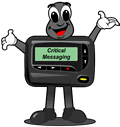








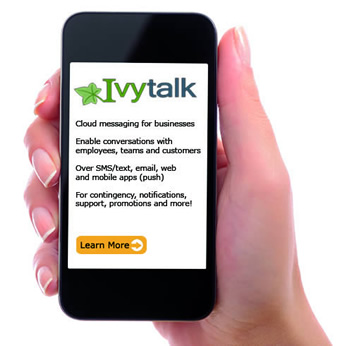
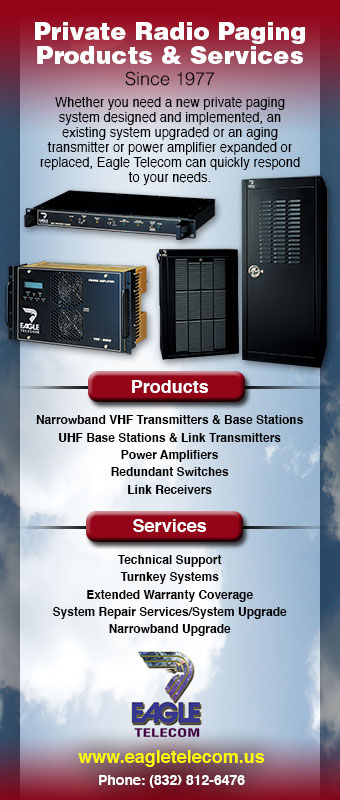
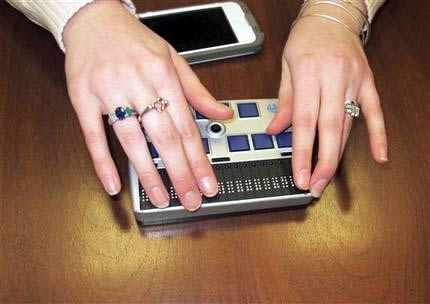














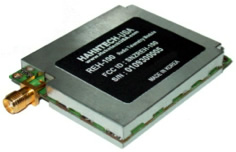

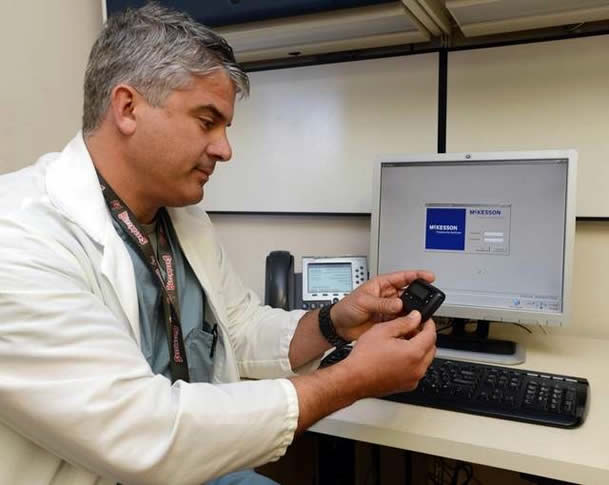
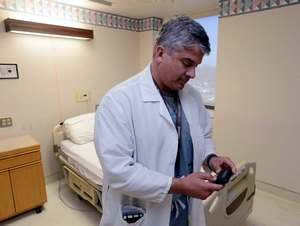





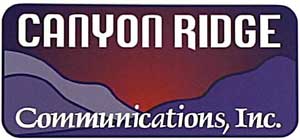






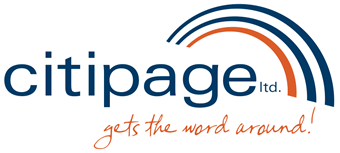
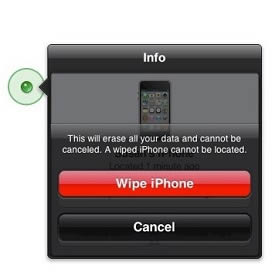
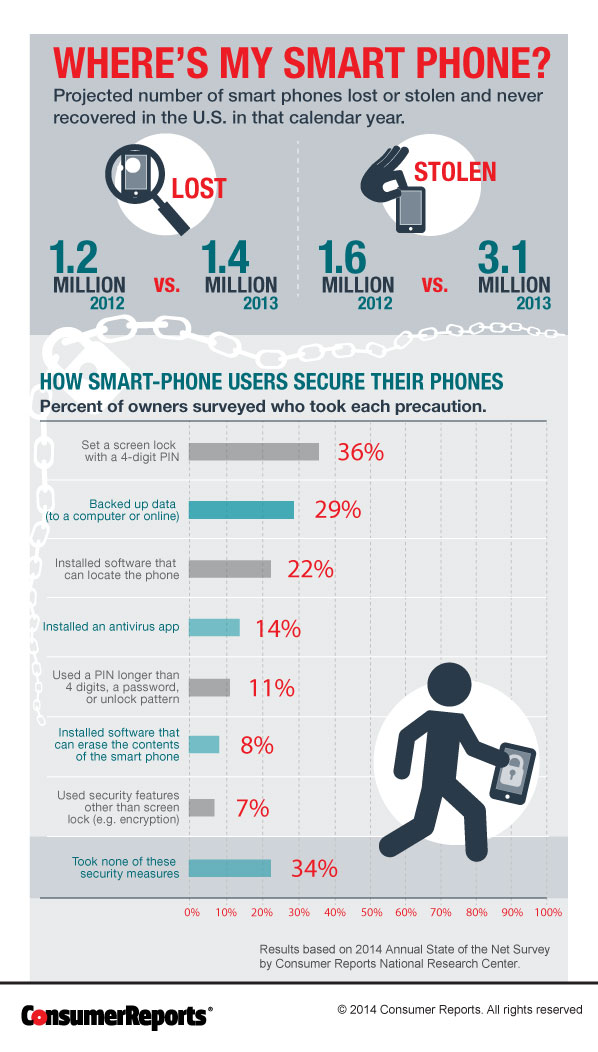


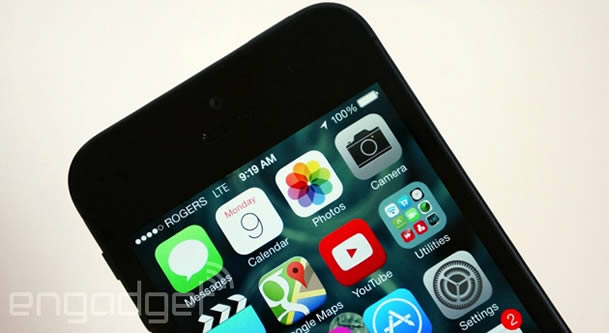






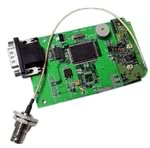


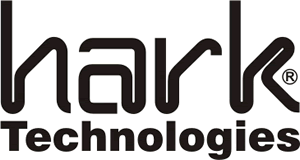
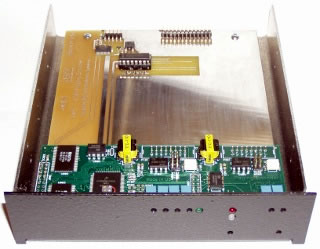

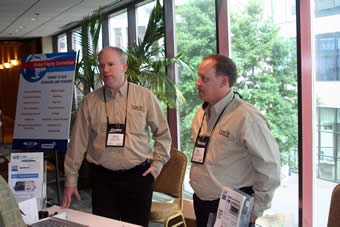 David George and Bill Noyes
David George and Bill Noyes



